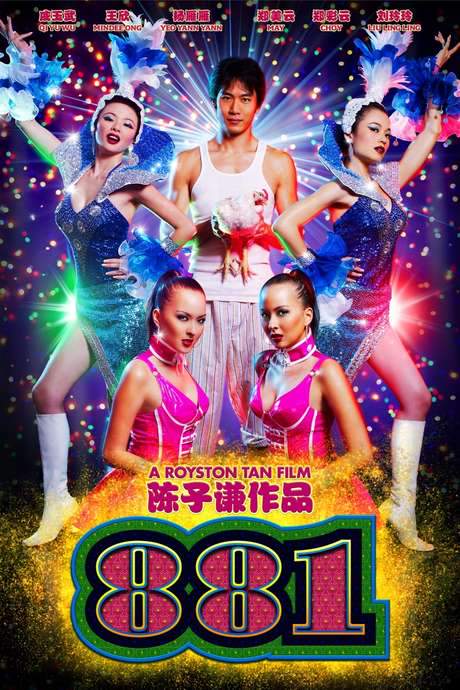
Two Stage Sisters
Year: 1964
Runtime: 112 mins
Language: Chinese
Director: Xie Jin
Set in pre‑revolutionary China, two gifted girls, Chunhua and Yuehong Xing, ascend the ranks of Chinese opera. After being sold to a Shanghai troupe, the looming revolution splits their paths: Yuehong embraces radical, politically progressive performances, while Chunhua escapes the turmoil. Amid the upheaval, they struggle to preserve their friendship.
Warning: spoilers below!
Haven’t seen Two Stage Sisters yet? This summary contains major spoilers. Bookmark the page, watch the movie, and come back for the full breakdown. If you're ready, scroll on and relive the story!
Timeline – Two Stage Sisters (1964)
Trace every key event in Two Stage Sisters (1964) with our detailed, chronological timeline. Perfect for unpacking nonlinear stories, spotting hidden connections, and understanding how each scene builds toward the film’s climax. Whether you're revisiting or decoding for the first time, this timeline gives you the full picture.
Last Updated: October 09, 2025 at 09:33
Unlock the Full Story of Two Stage Sisters
Don't stop at just watching — explore Two Stage Sisters in full detail. From the complete plot summary and scene-by-scene timeline to character breakdowns, thematic analysis, and a deep dive into the ending — every page helps you truly understand what Two Stage Sisters is all about. Plus, discover what's next after the movie.
Two Stage Sisters Summary
Read a complete plot summary of Two Stage Sisters, including all key story points, character arcs, and turning points. This in-depth recap is ideal for understanding the narrative structure or reviewing what happened in the movie.

Similar Movies to Two Stage Sisters
Discover movies like Two Stage Sisters that share similar genres, themes, and storytelling elements. Whether you’re drawn to the atmosphere, character arcs, or plot structure, these curated recommendations will help you explore more films you’ll love.
Explore More About Movie Two Stage Sisters
Two Stage Sisters (1964) Plot Summary & Movie Recap
Two Stage Sisters (1964) Scene-by-Scene Movie Timeline
Two Stage Sisters (1964) Spoiler-Free Summary & Key Flow
Movies Like Two Stage Sisters – Similar Titles You’ll Enjoy
Pavilion of Women (2001) Complete Plot Breakdown
To Live to Sing (2019) Full Summary & Key Details
881 (2007) Full Summary & Key Details
The Twin Bracelets (1991) Plot Summary & Ending Explained
Center Stage (1991) Full Movie Breakdown
Peking Opera Blues (1986) Full Summary & Key Details
Backstage (2021) Full Summary & Key Details
Three Sisters (1970) Film Overview & Timeline
Stand Up, Sisters! (1951) Complete Plot Breakdown
Twin Sisters (1934) Full Summary & Key Details
The Soong Sisters (1997) Detailed Story Recap
Sisters of the Gion (1936) Plot Summary & Ending Explained
New Women (1935) Complete Plot Breakdown
Hong Kong Nocturne (1967) Detailed Story Recap
Off the Stage (2022) Complete Plot Breakdown

















